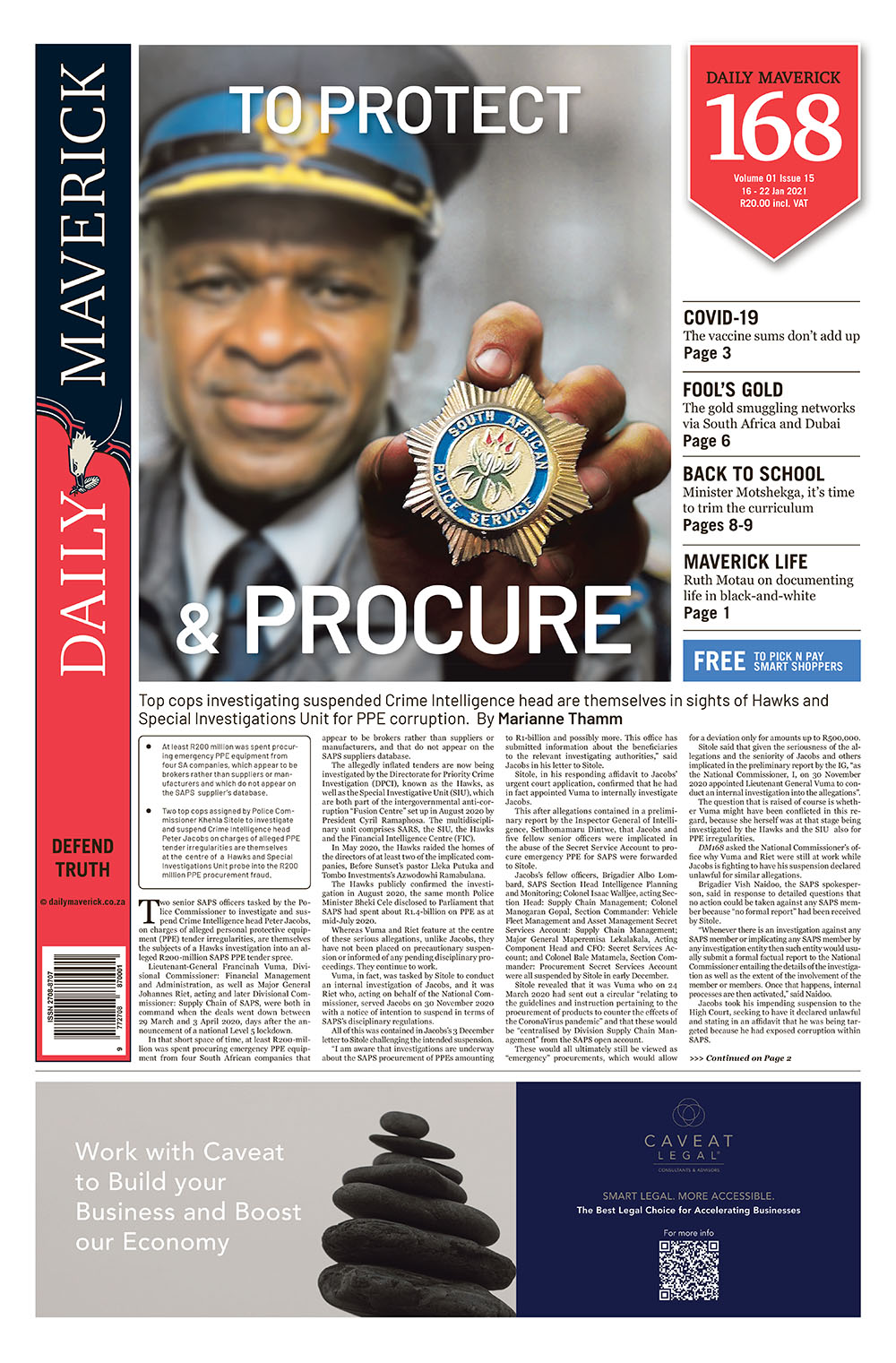First published in the Daily Maverick 168 weekly newspaper.
In a previous column, I attempted to articulate, with a little more precision, the exact nature of the problems standing in the way of building an ecosystem that could aid the recovery and progress of the media industry. To recap, the four problem statements were:
- How might we structure financially independent news media so that they can access investment and other funding pools in a governance-friendly manner?
- How might we reclaim lost editorial skills, build capacity and talent pipelines and aid the continuous development of our media professionals?
- How might we build organisations that are robust and continually innovating in journalism, new products and revenue opportunities?
- How might we access and fund the appropriate technology required to deliver the best possible service to our audiences?
I will elaborate further on problem statement #1 and recommend some actions. Access to funding and start-up funding are not new issues for South African organisations, let alone media. And so we are faced with macro-economic hurdles in addition to industry-specific ones. And even though the venture capital market has developed appreciably in the past decade, we have seen the impact on media by venture-backed funds in the US, where the chase for scale and profits above all else has led to less than desirable outcomes. Insofar as public service media is concerned, increased venture capital access will not solve our problem.
Massive investments bring an expectation of concomitant voting rights, and history is littered with billionaires taking control of media companies to do their political or egotistical bidding.
We need only to look at the Murdoch empire, the Guptas’ foray into TV and the press, and the not-so-Independent Media Group to see how things can go wrong. Decades- and centuries-old institutions can be destroyed in a few years, and new titles can be weaponised to launder ill-gotten gains or peddle propaganda.
On the other side of the spectrum, and in response to the lack of social impact investment, the non-profit sector has helped to start many important media operations both domestically and abroad. Think amaBhungane and GroundUp here in South Africa, and ProPublica and the Marshall Project in the US. But these tend to be limited in number and size, and the availability of donor-backed funding can retard the potential growth of such organisations. And, in some cases, founding donors have sought representation on the boards of directors to influence decision-making.
In her 2016 book, Saving the Media: Capitalism, Crowdfunding, and Democracy, Julia Cagé recommends the establishment of a hybrid entity that blends non-profit and traditional company aspects into a bespoke organisation structure specific to the media.
Key to the proposal is that limits are placed on the maximum voting rights any single shareholder can control. Investors would be compensated for these voting restrictions by way of tax breaks and incentives, thereby addressing two parts of the first problem: better access to funding, and reducing the governance and control issues that come with large investments. Whereas Cagé found no significant examples in which employee-owned media were successful, she does also recommend that employee representation at board level, and part-ownership incentivised by the same tax breaks, will enhance the organisation’s chances of success.
Similar to how Section 12 (J) of the Income Tax Act offers tax deductibility for qualifying venture capital investments, investments in public-service media organisations could be written off against income by investors. Likewise, investors could be limited to a maximum of 25% voting rights with any excess being allocated to staff-appointed representatives.
Vital to all of this is accountable media organisations that are members of the Press Council, in good standing – beyond up-to-date membership fees. This would encourage greater adherence to the Press Code, and allow the council to raise its membership fees, which could be used to invest in more skilled personnel to better regulate the industry.
For a relatively tiny subsidy of an essential service sector, National Treasury could stimulate investment in the media sector overnight, which could breed a host of new and diverse media startups. DM168
This story first appeared in our weekly Daily Maverick 168 newspaper which is available for free to Pick n Pay Smart Shoppers at these Pick n Pay stores.















 Become an Insider
Become an Insider
Keep dreaming Styli: why would treasury fund anything likely to expose a corrupt state?